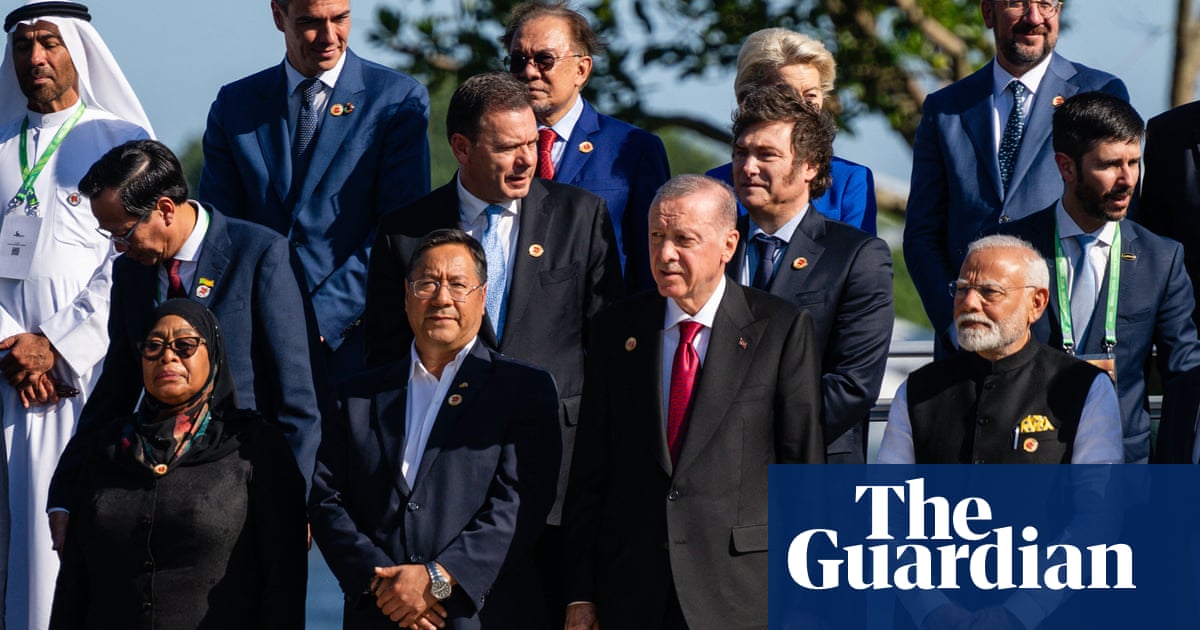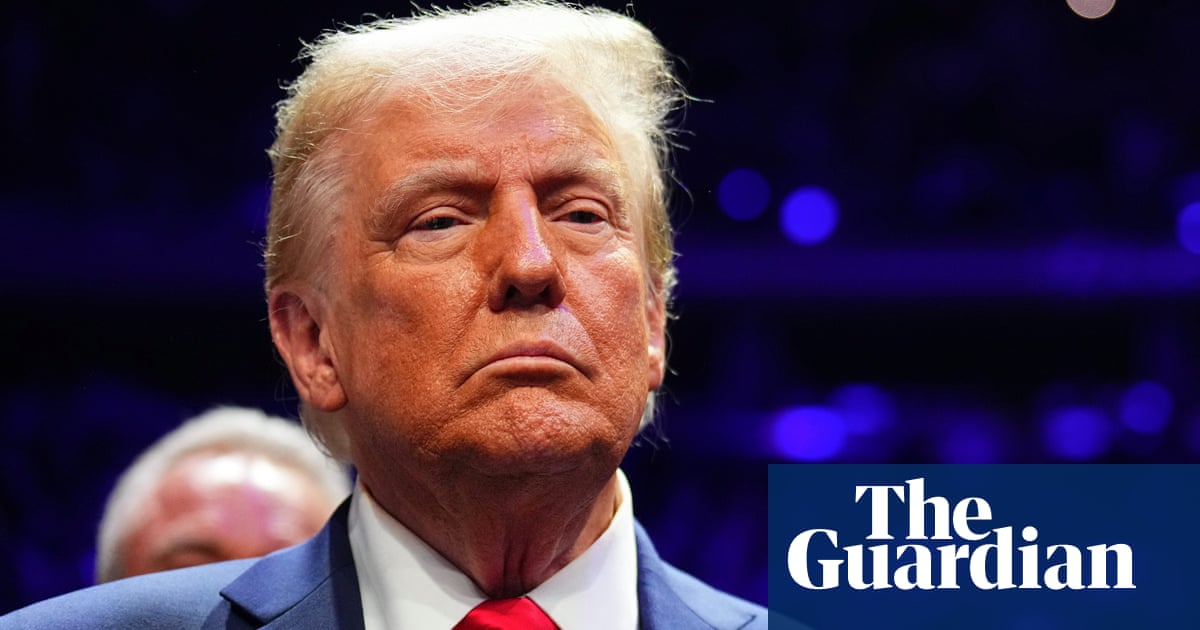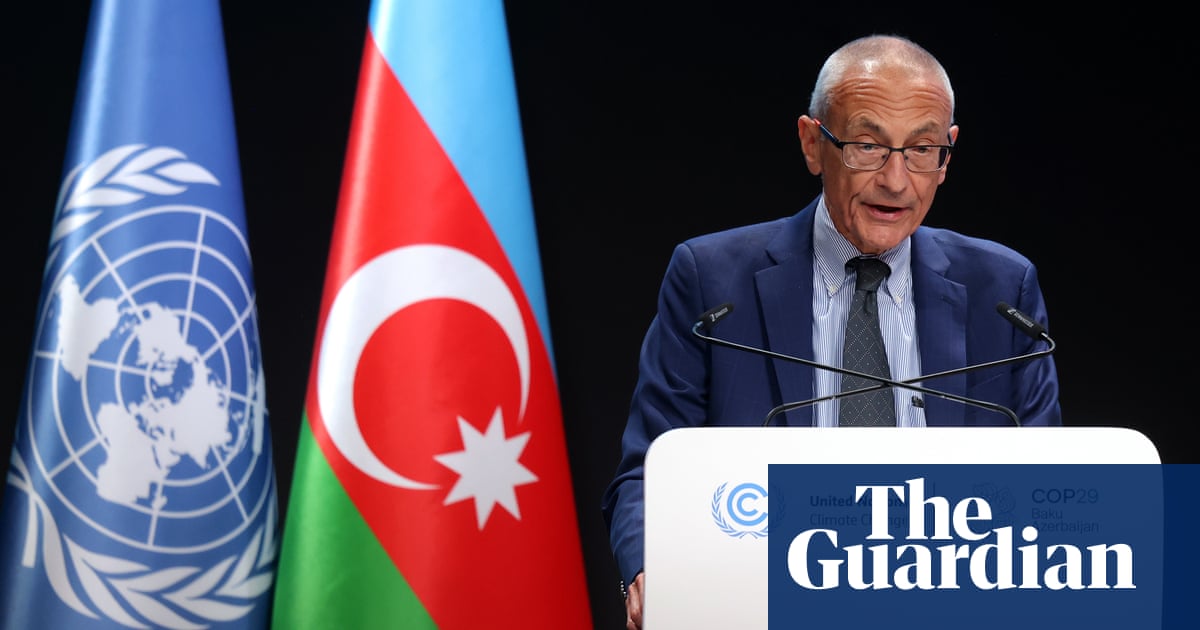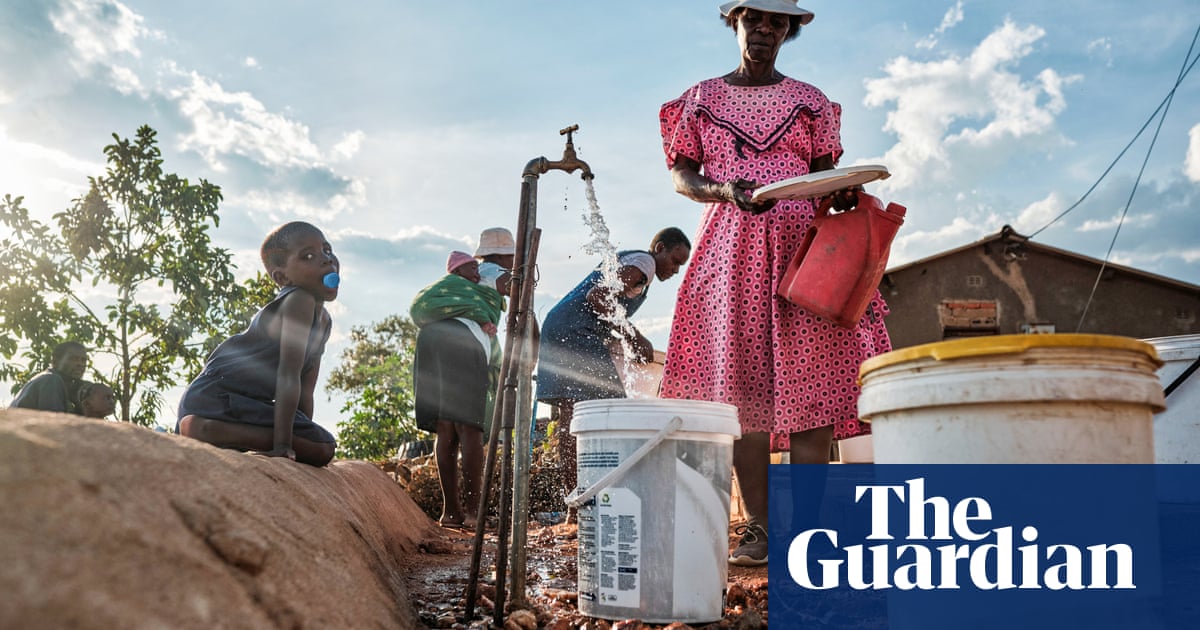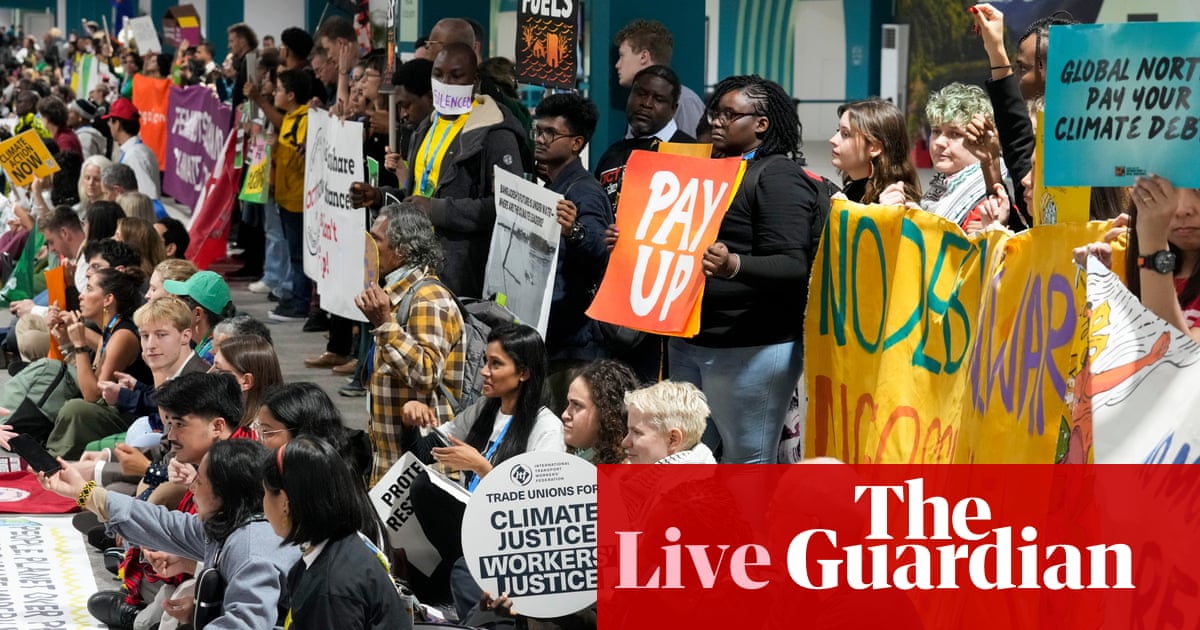Allies of the president-elect, Donald Trump, have lashed out angrily at Joe Biden for his decision to permit Ukraine to use long-range US missiles to launch attacks inside Russia for the first time, in what the Kremlin has termed an “escalation” in the war.
Key Trump surrogates, including his son Donald Trump Jr, hardline congressional Republicans, and other backers have accused Biden of seeking to spark “world war three” before Trump’s presidential inauguration in January.
“The Military Industrial Complex seems to want to make sure they get World War 3 going before my father has a chance to create peace and save lives,” wrote Donald Trump Jr on X, the social network formerly known as Twitter.
Richard Grenell, a former acting director of national intelligence during Trump’s first term, who was seen as a potential candidate for secretary of state, wrote: “No one anticipated that Joe Biden would ESCALATE the war in Ukraine during the transition period. This is as if he is launching a whole new war. Everything has changed now – all previous calculations are null and void.”
Other Republicans to sound off included the far-right congresswoman Marjorie Taylor Greene and the Utah senator Mike Lee, who said: “Joe Biden has just set the stage for World War III. Let’s all pray that it doesn’t come to this.”
A state department spokesperson, Matthew Miller, defended the decision during a press briefing on Monday, saying: “[The] American people elected Joe Biden to a four-year term, not to a term of three years and 10 months, and we will use every day of our term to pursue the foreign policy interests that we believe are in the interests of the American people.”
Discussions had been ongoing for months between the White House, the state department and European allies on whether to allow strikes into Ukraine. Currently, the decision to allow limited strikes using the US-supplied Atacms missiles would permit the Ukrainian army to target Russian military infrastructure in the Kursk region where the US has said that more than 10,000 North Korean troops have joined Russian forces preparing a counter-offensive to force Ukrainian troops out of the region.
The decision by the White House will set up a dilemma for the incoming administration on whether to immediately roll back the authorisation after Trump’s inauguration or retain it as a potential bargaining chip in the negotiations the president-elect has said he wants to hold in order to end the fighting.
While Trump and his allies have broadly denounced increasing military support and financial aid for the Ukrainian government, analysts said it was unclear whether Trump would move immediately to repeal the decision regarding long-range missiles.
“On the first day they could announce, ‘We are suspending this authorization pending a review of Ukraine policy,’” said Mark Cancian, a senior adviser with the Center for Strategic and International Studies, a thinktank based in Washington. “But that would engender a lot of criticism and revive all these stories about some deals with Putin.”
He said it was not a foregone conclusion that Trump would immediately repeal the decision. “One is just the political cost isn’t worth the gain, but Trump’s also a deal-maker, and that would be to give away something without getting anything for it … to start off with a concession is just bad negotiating tactics.”
The White House decision may also prompt European allies with similar restrictions on the use of their long-range missiles in Ukraine to follow suit. The UK is expected to supply Storm Shadow missiles for use by Ukraine on targets inside Russia following the Biden decision with Keir Starmer, the prime minister, saying at the G20 summit that the UK needed to “double down” on its support for Ukraine.
Germany has maintained its position not to supply Ukraine with long-range Taurus missiles, while the French president, Emmanuel Macron, had already said Paris was open to consider greenlighting the use of its missiles to strike on Russian soil.
Theresa Fallon, the director of the Center for Russia Europe Asia Studies in Brussels, said that there were mixed reactions among European military officials, with some worried about the potential for an escalation, while others were “happy … that Ukraine could now use the equipment without one hand tied behind their back any more. But this decision came late, very late, [Ukraine] needs to be able to defend itself, and use this equipment for what it was designed to do. But we should keep in mind it is not going to be a game changer and more equipment is needed.”
“I can’t predict what Trump will do,” she said. “But … once these things are in place, there is a momentum to continue to use them. It may be hard to put it back into the box. But on the other hand, if there is not a resupply of missiles then the use of them for targets in Russia will have run its course.”

